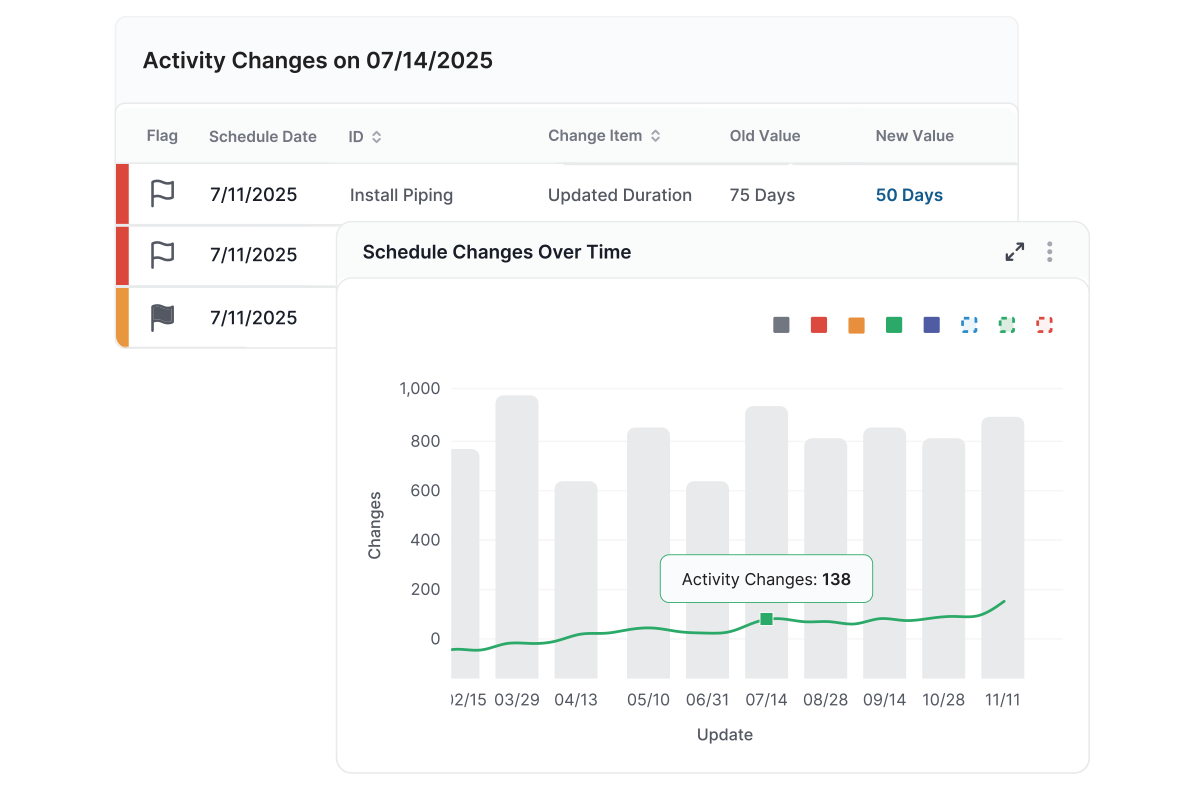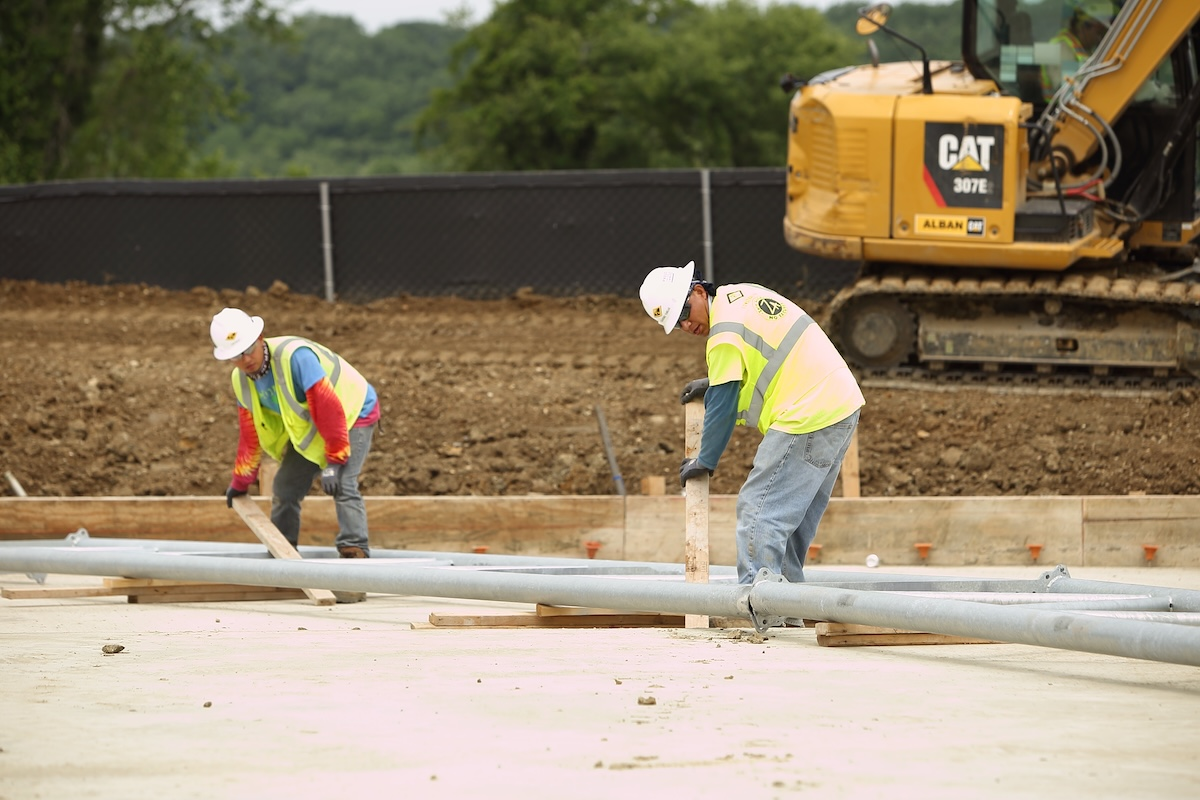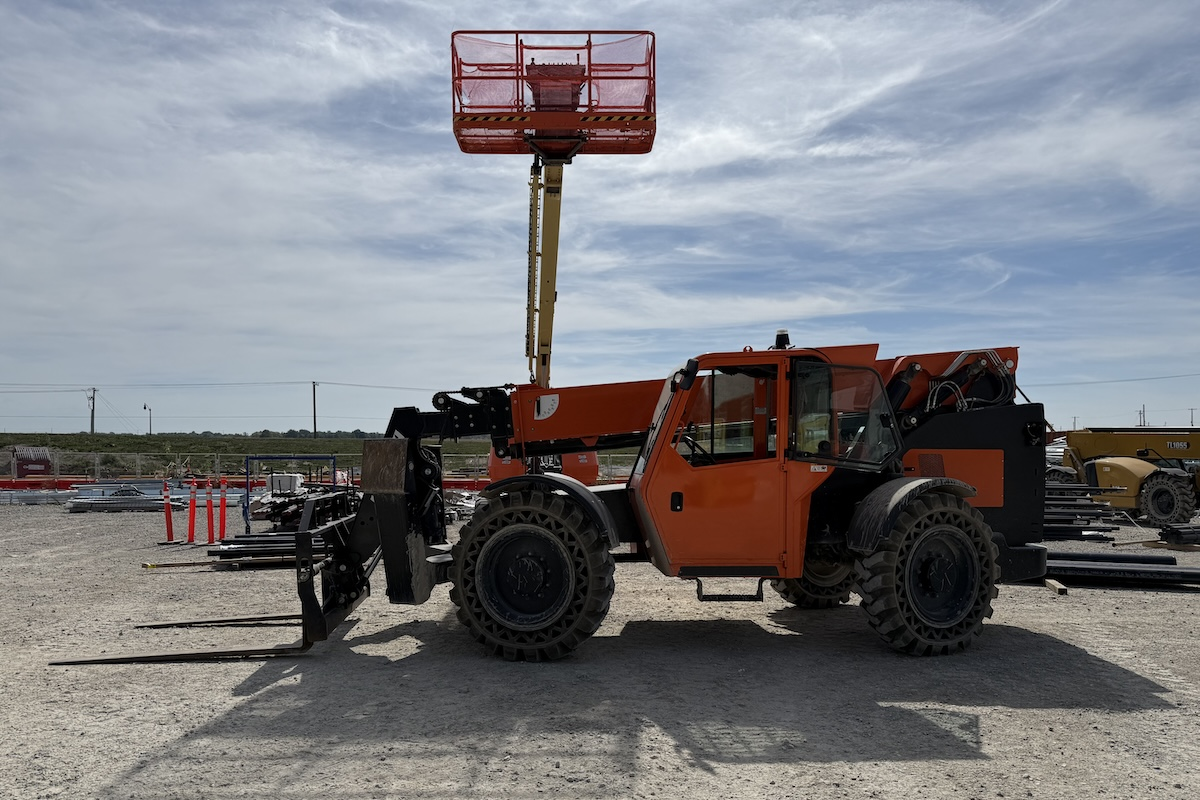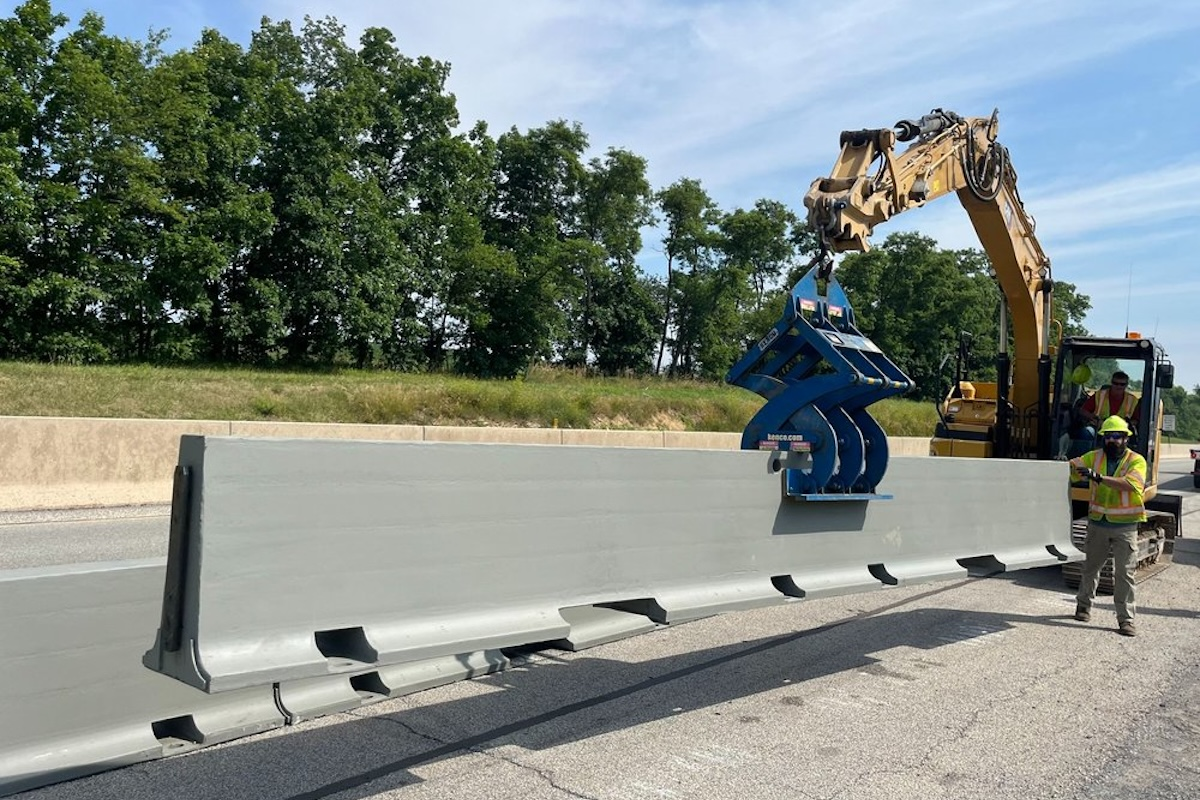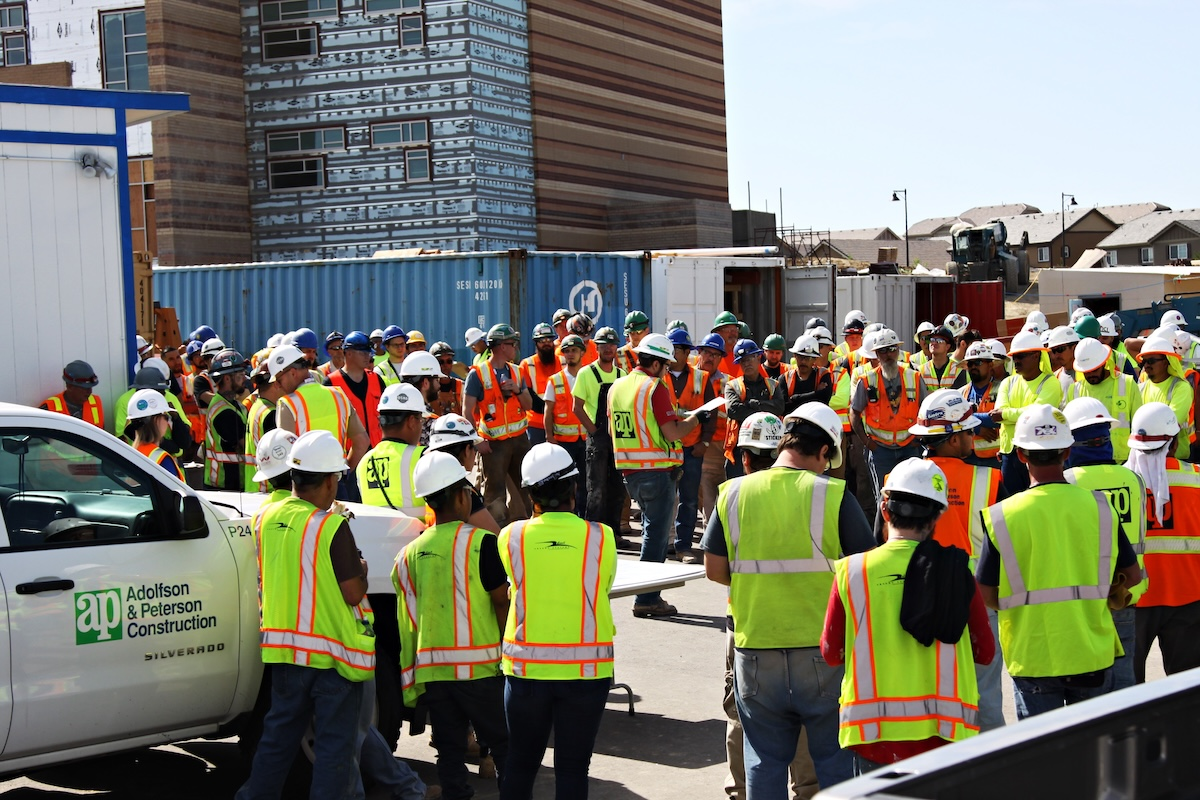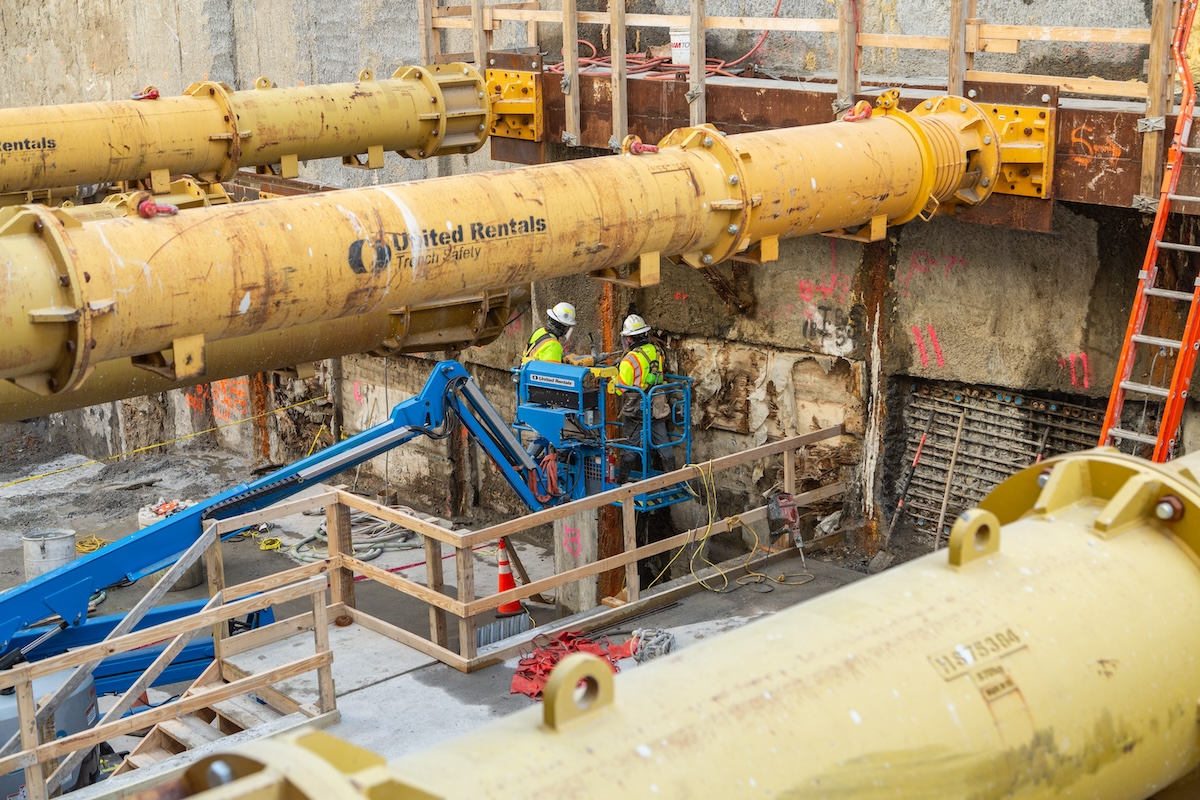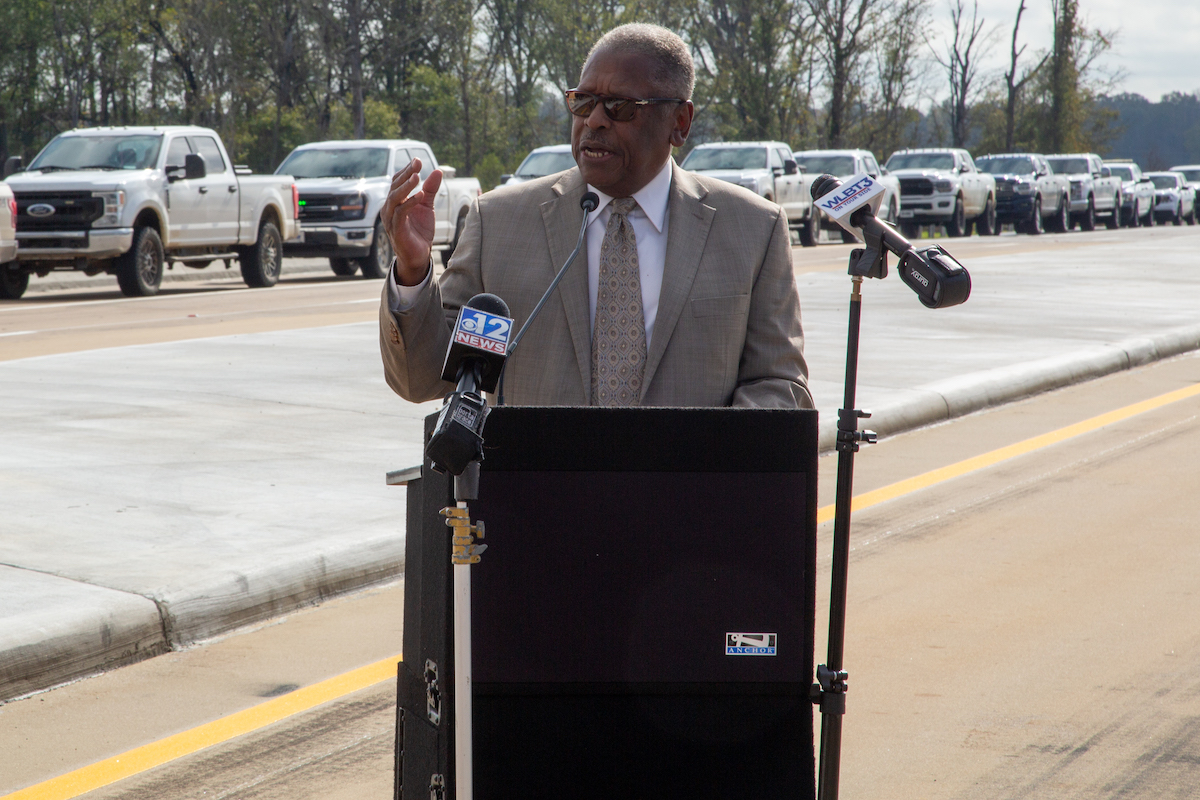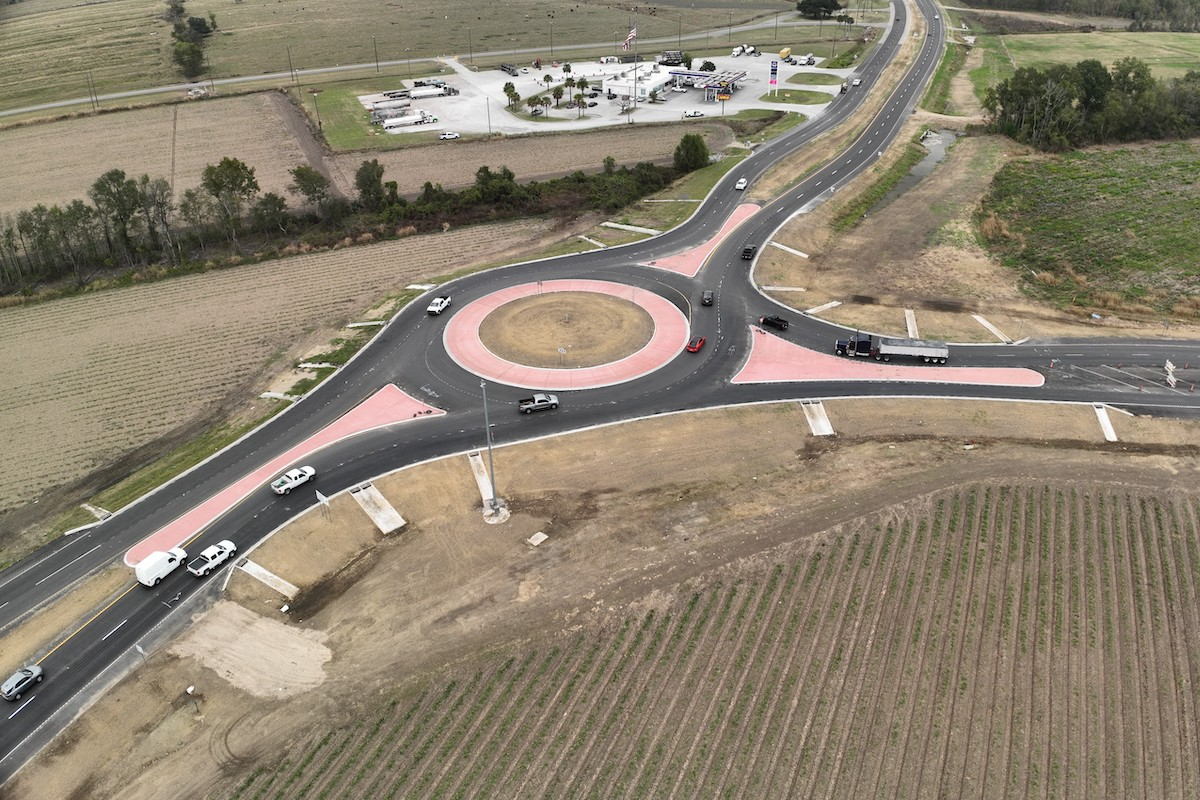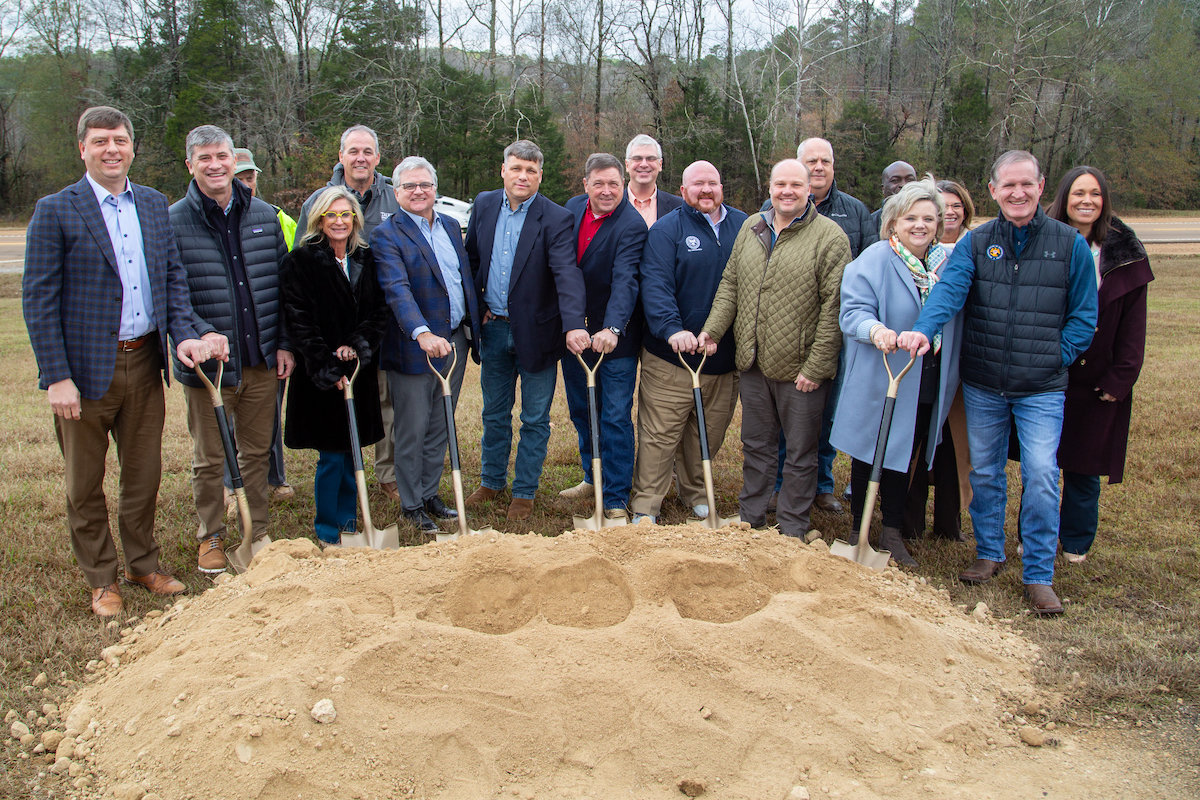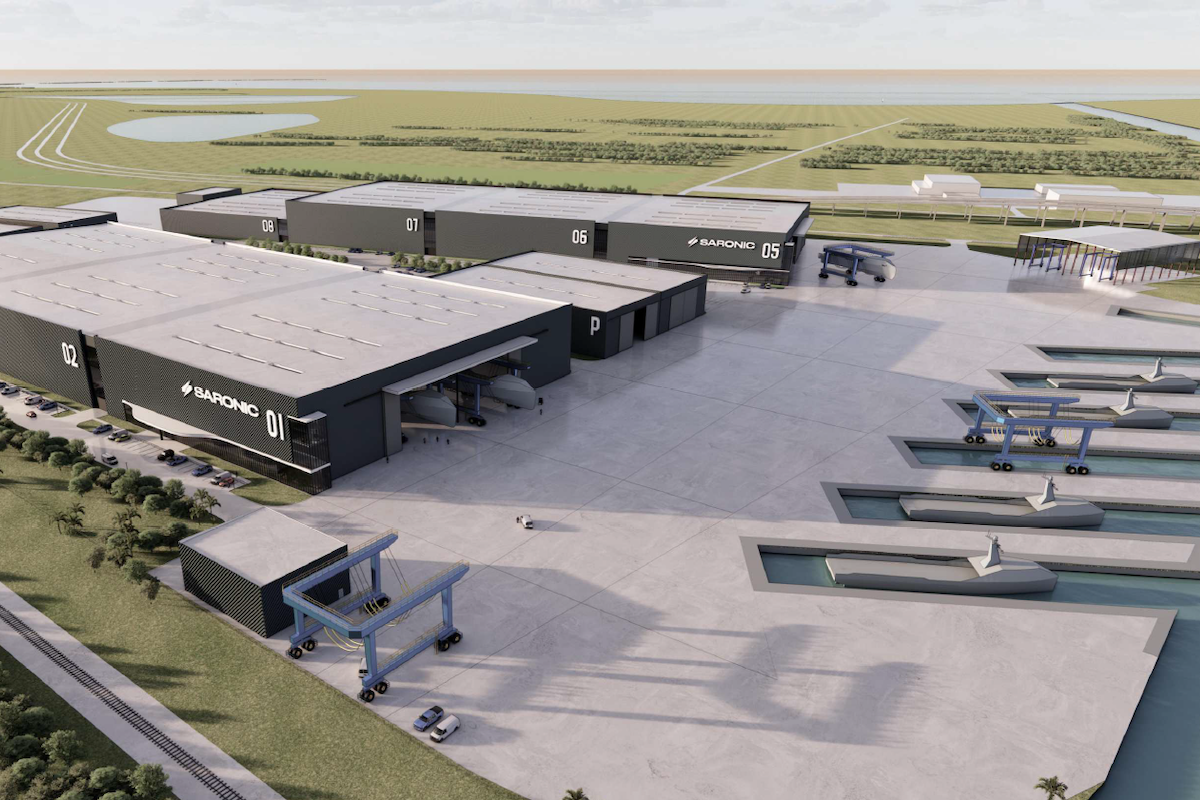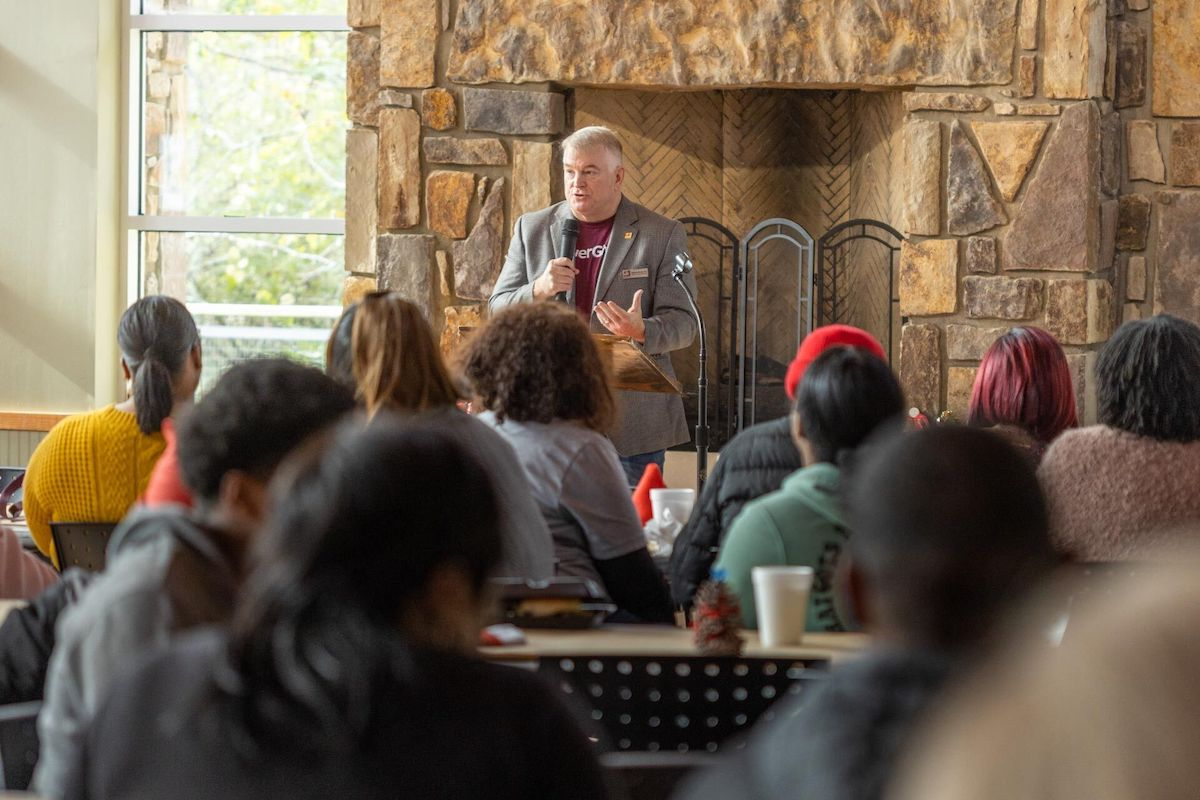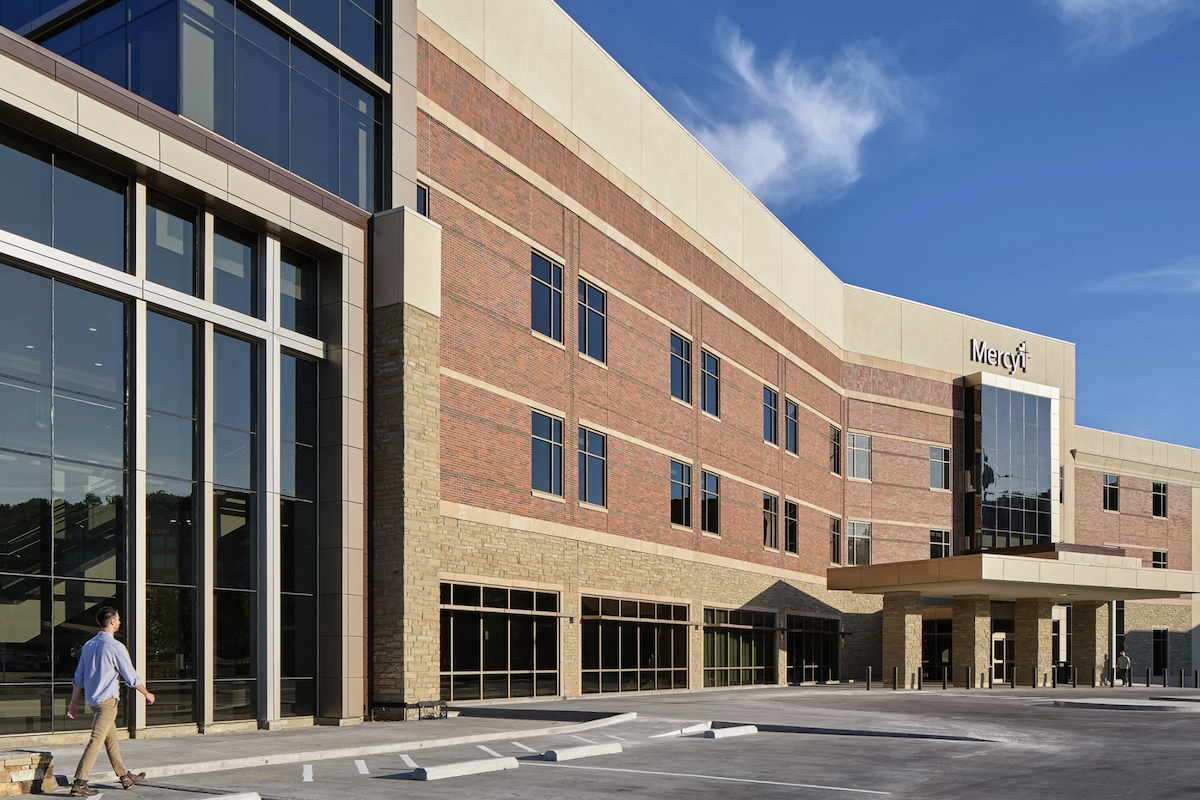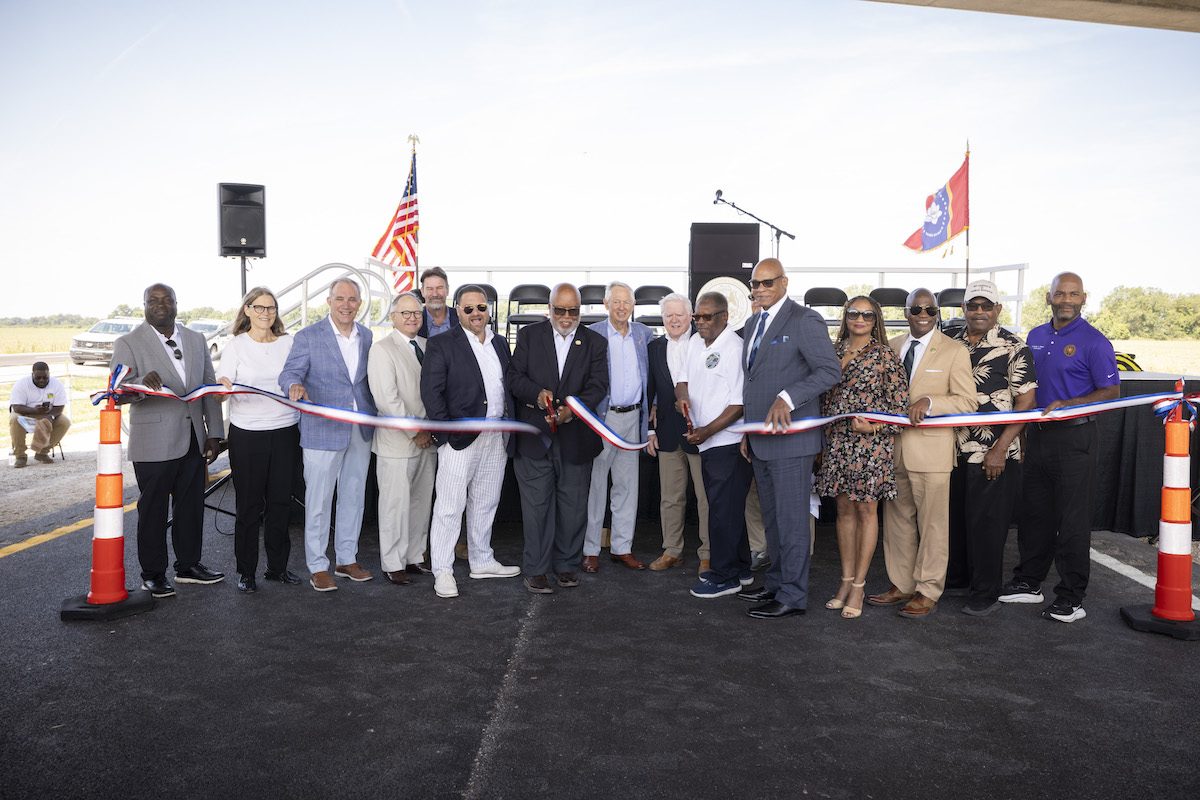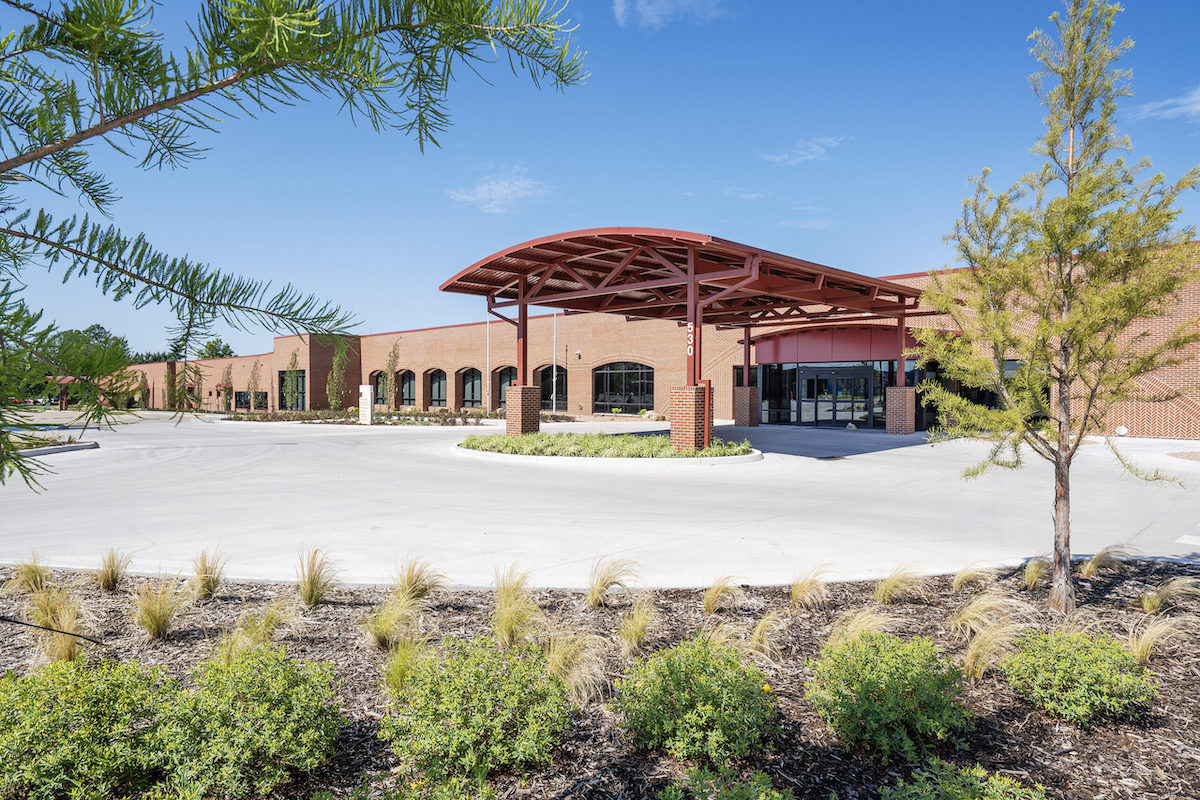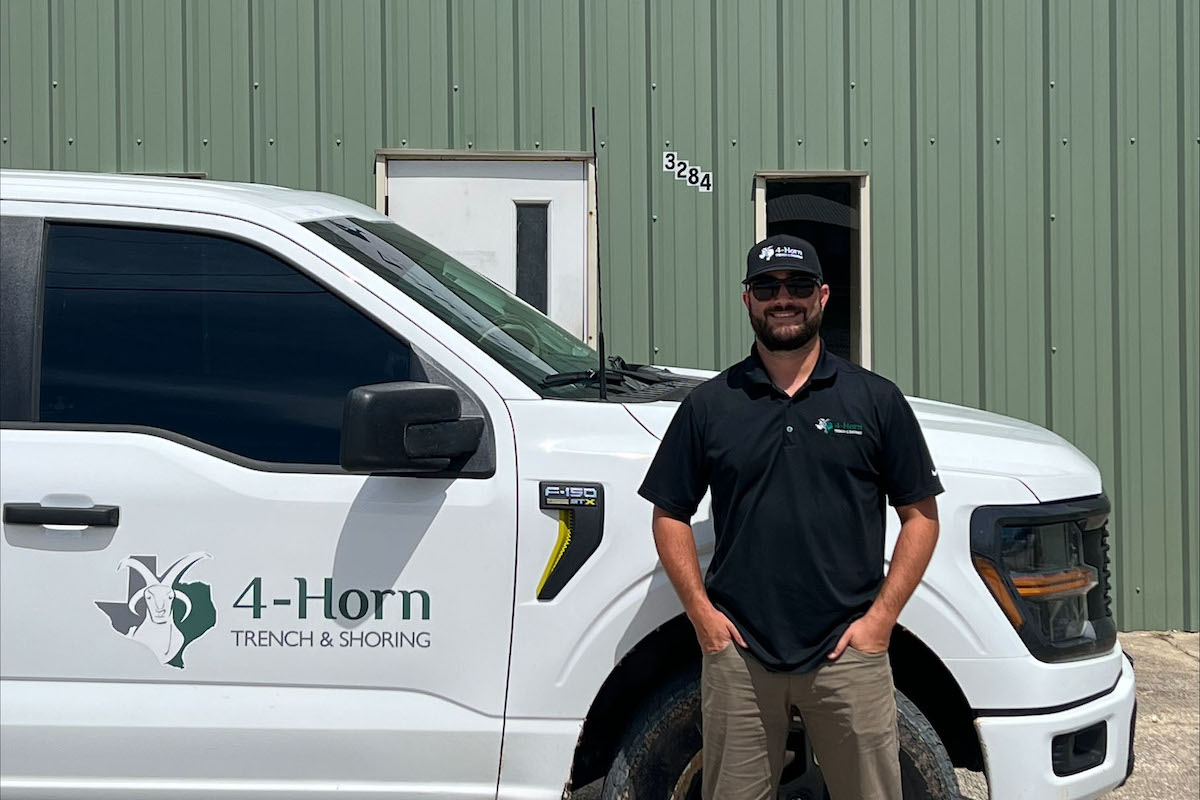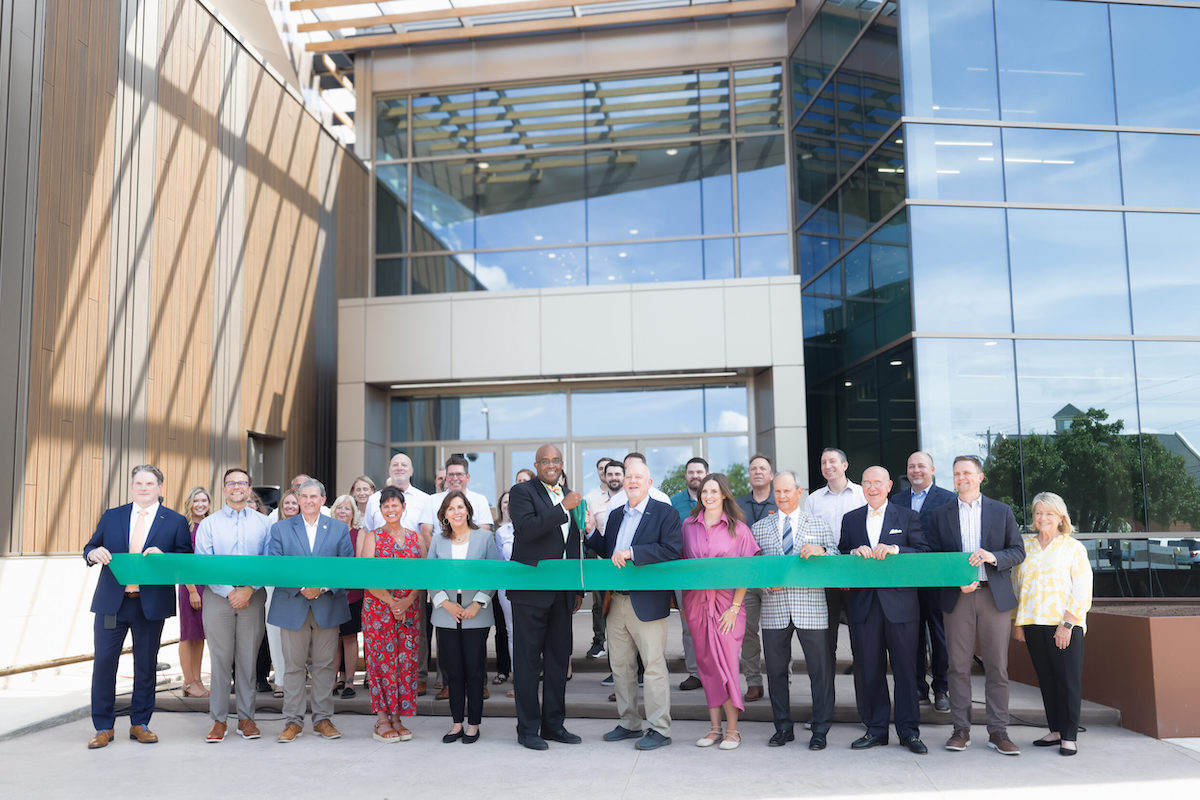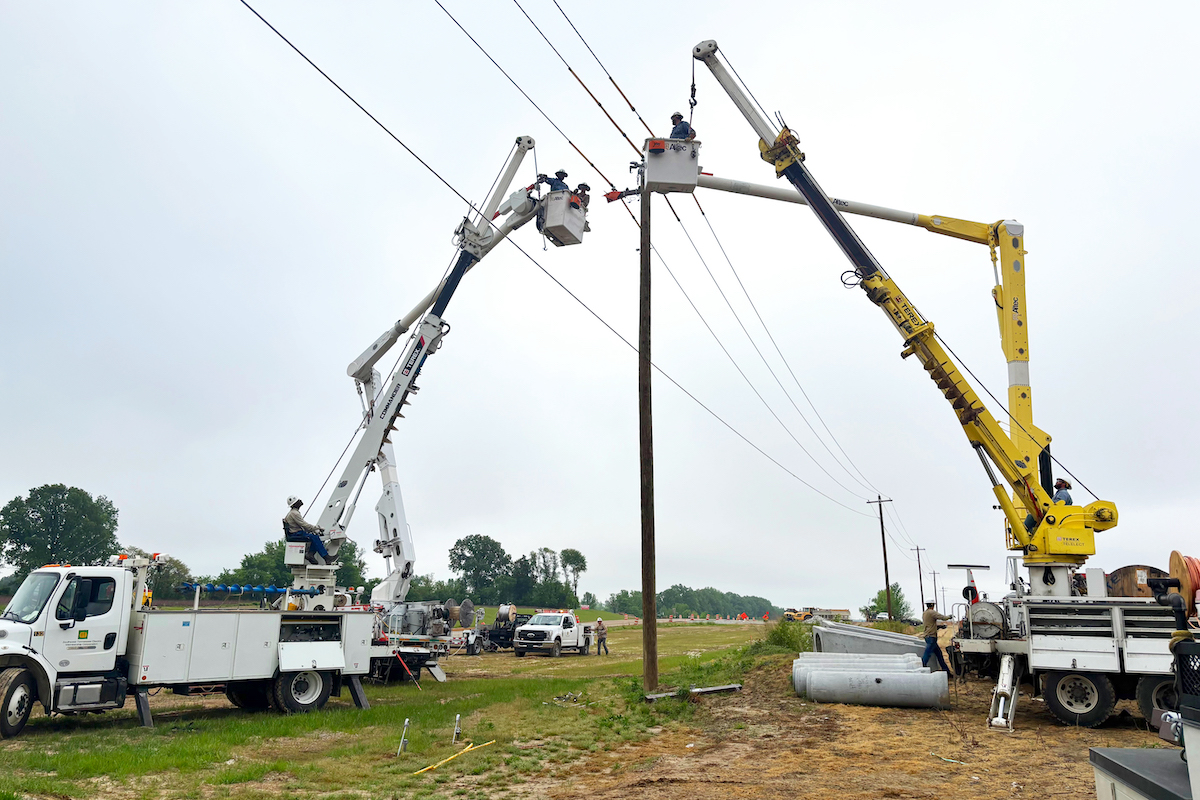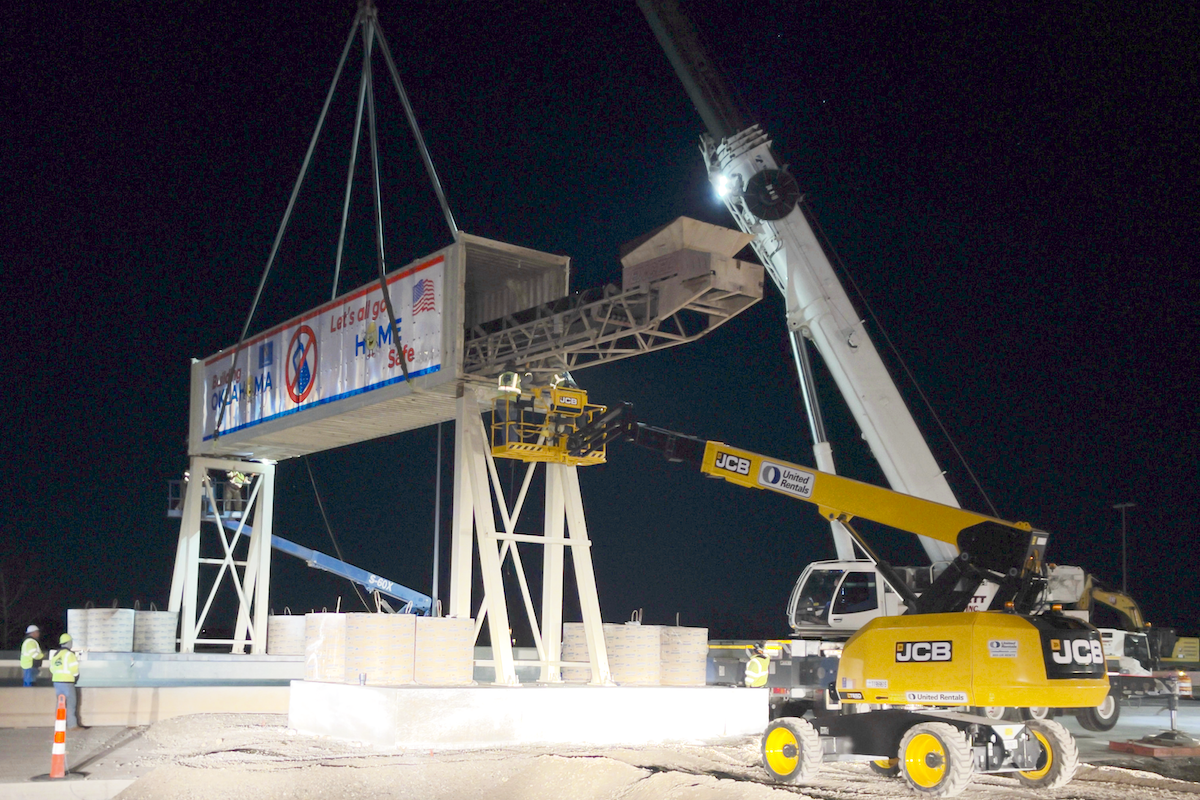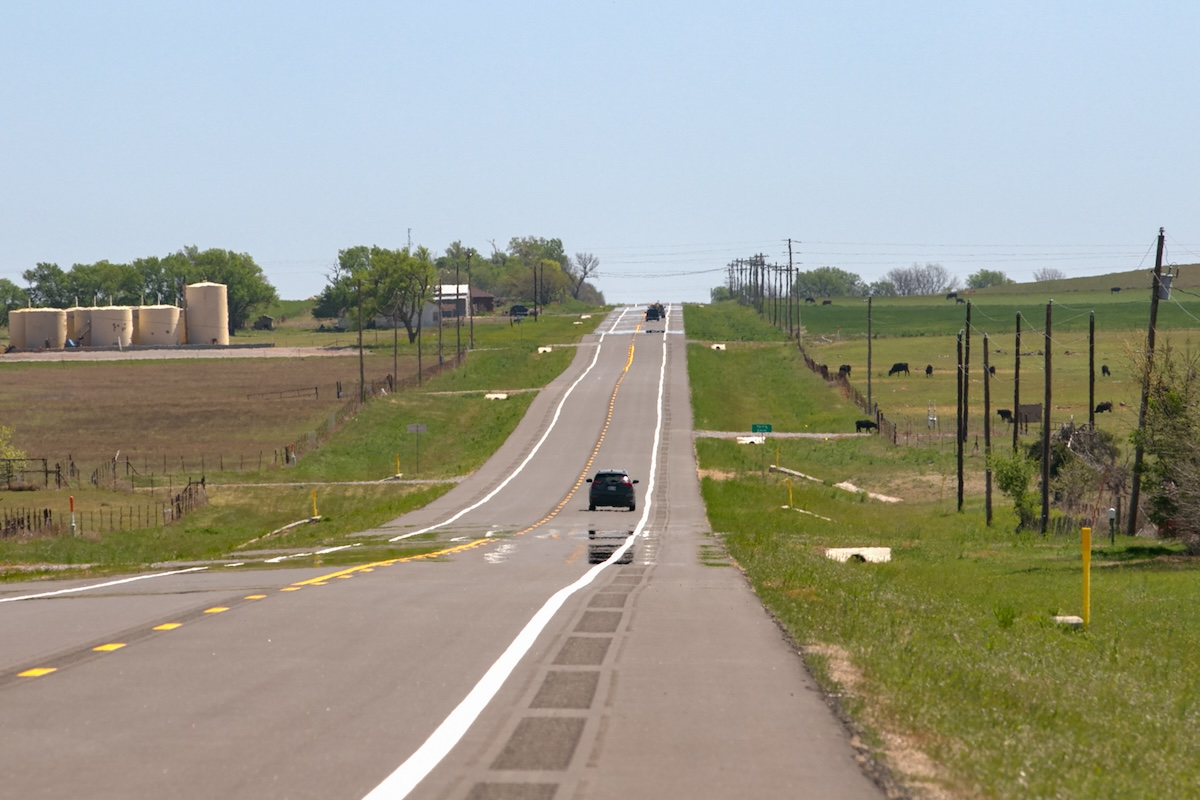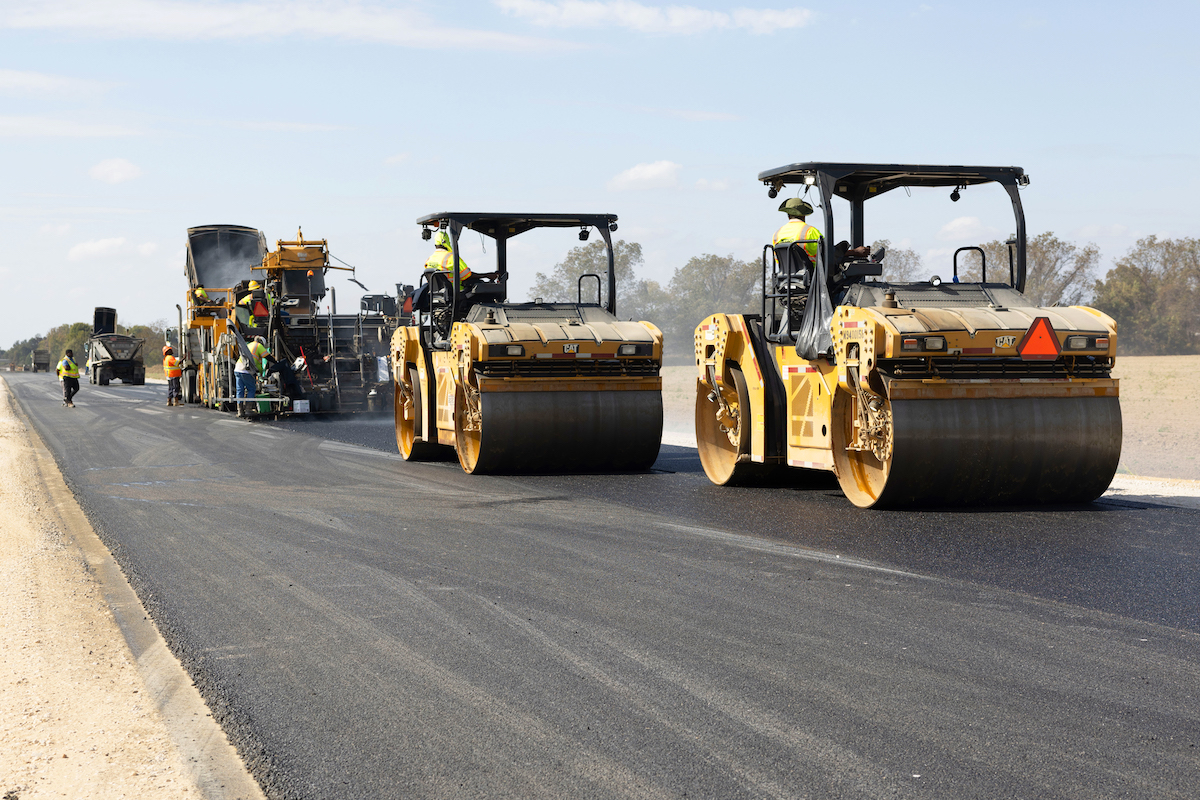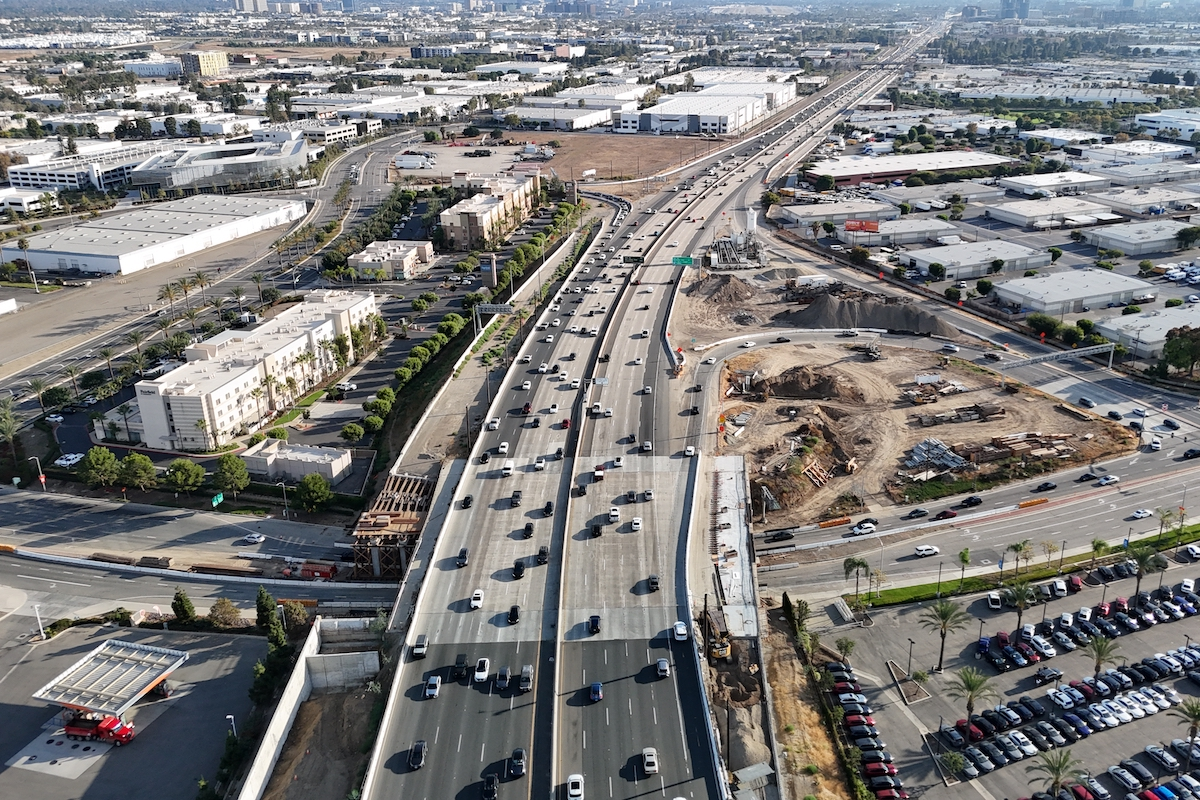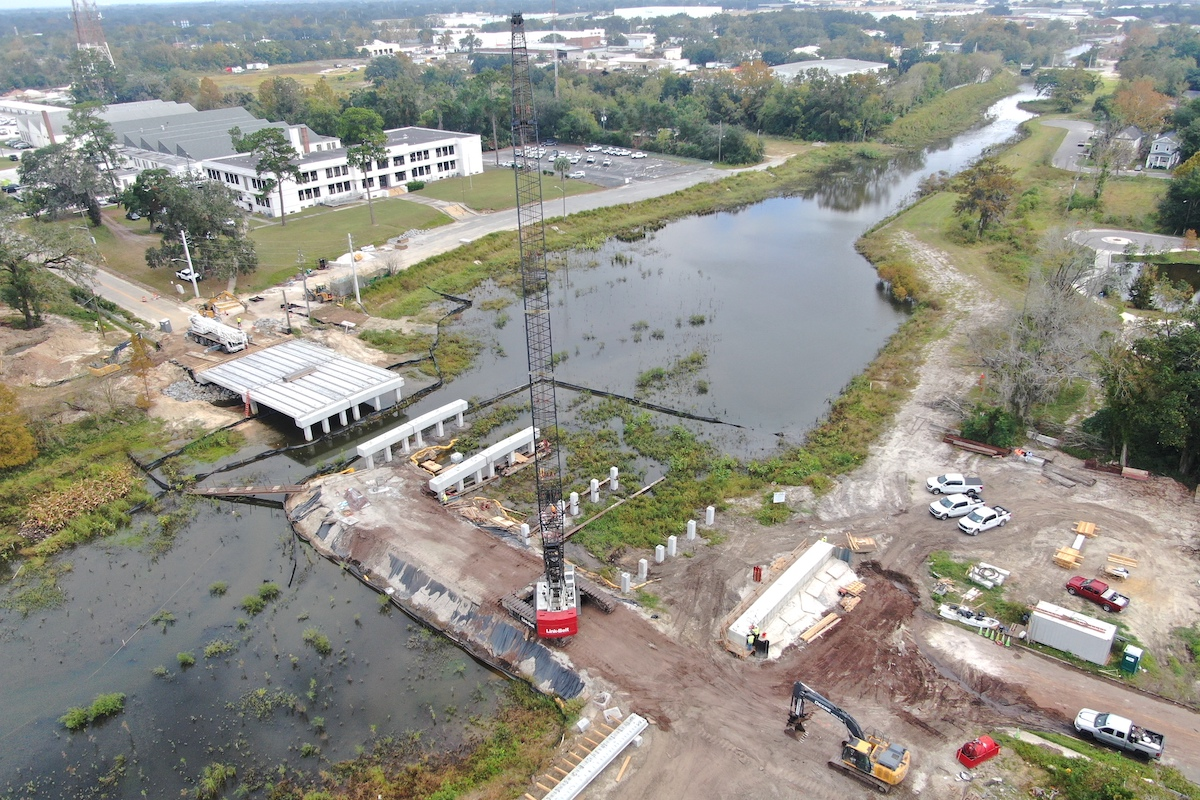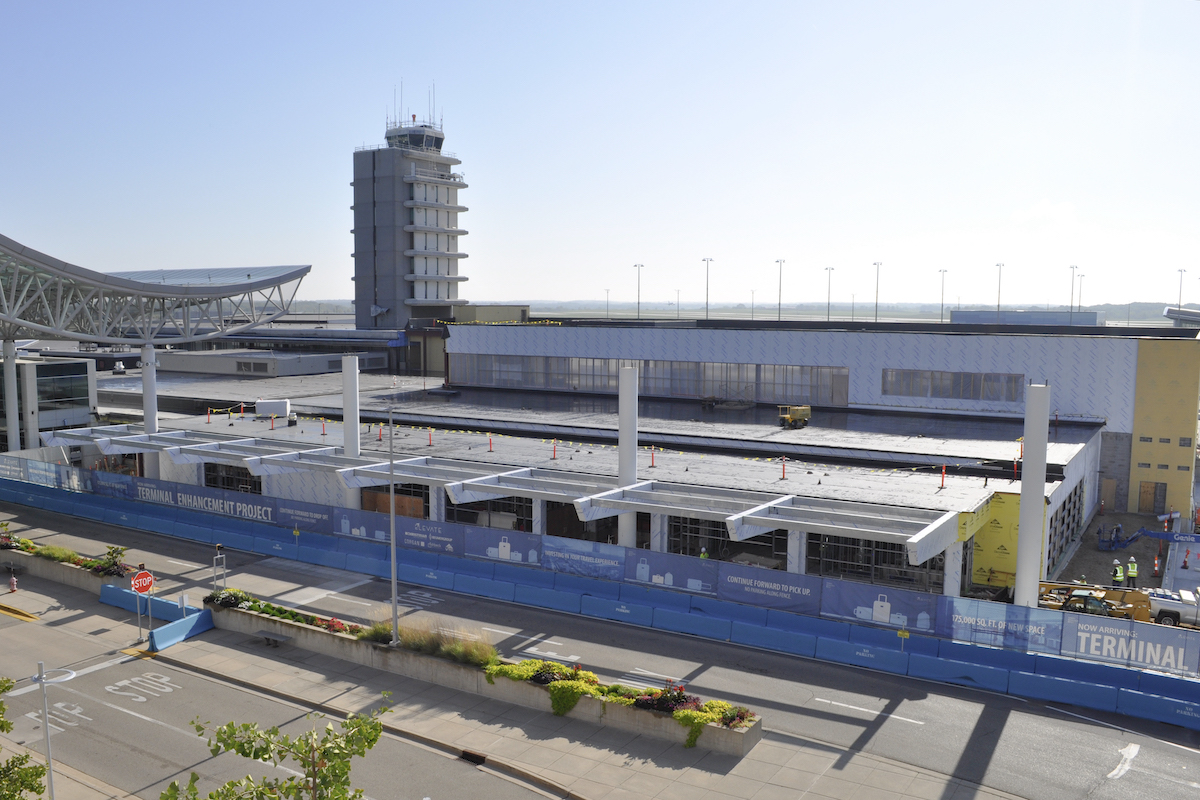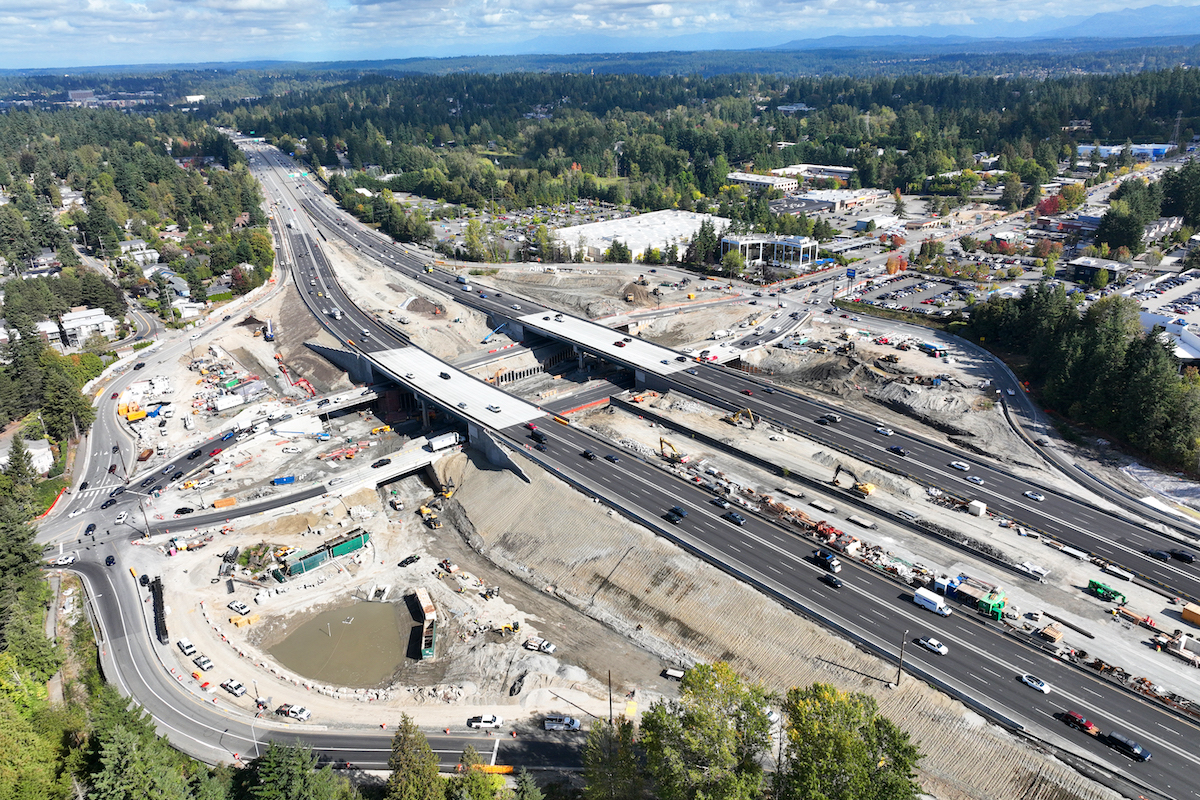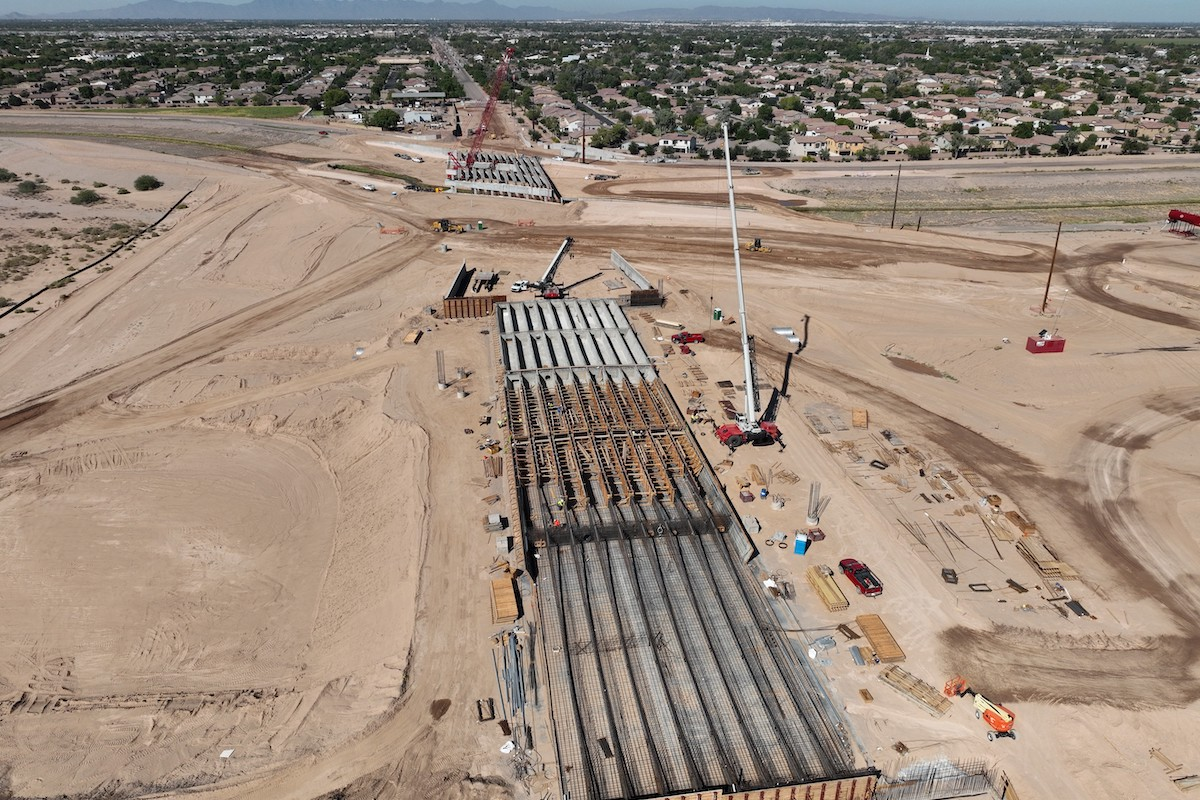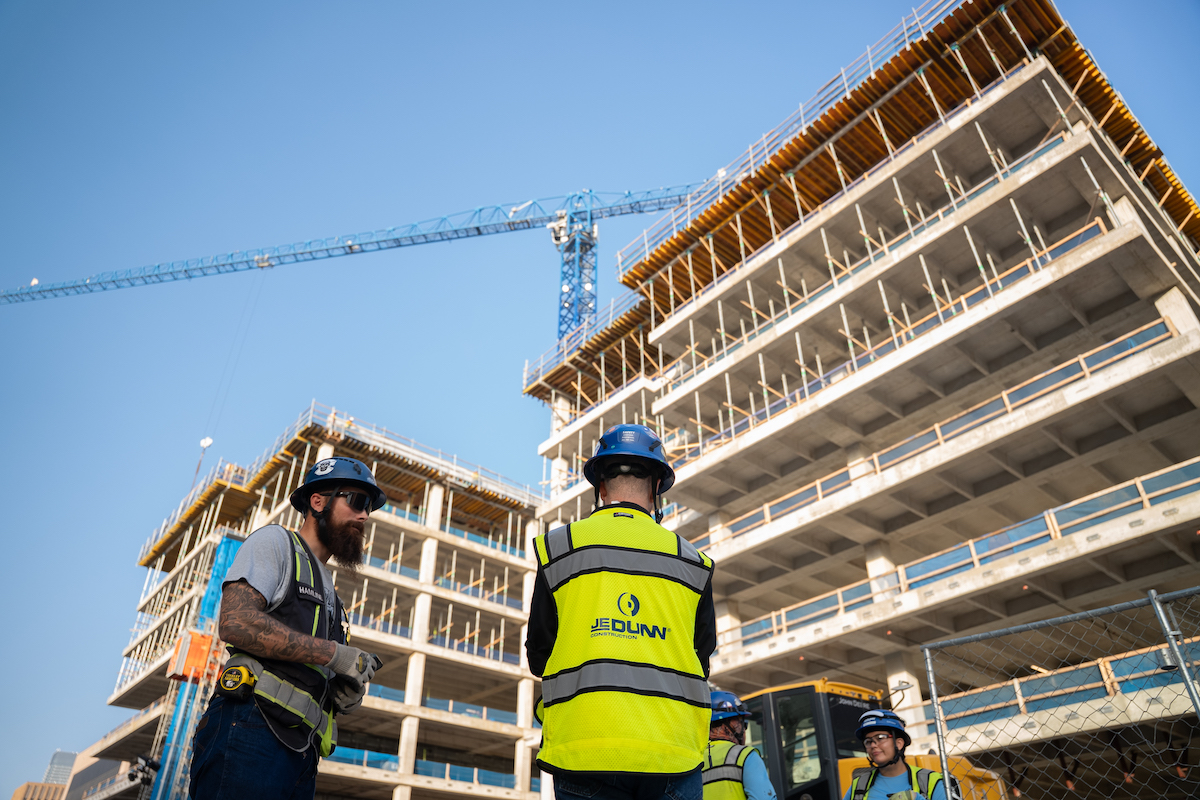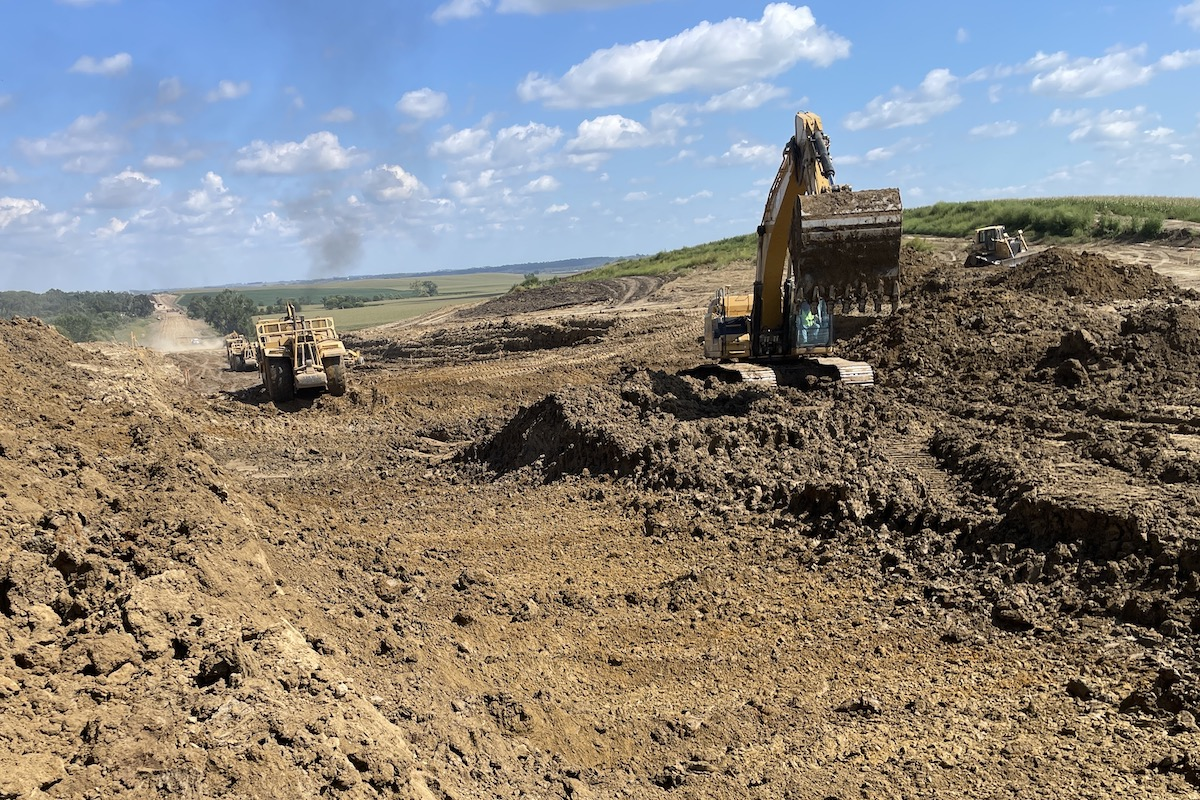BATON ROUGE, LA — Roads and bridges that are deteriorated, congested, or lack some desirable safety features cost Louisiana motorists a total of $9.9 billion statewide annually — as much as $3,530 per driver in some areas — due to higher vehicle operating costs, traffic crashes, and congestion-related delays. A lack of adequate investment in transportation and increasing inflation in construction costs could hamper Louisiana’s ability to make needed improvements to its transportation network, according to a new report released by TRIP, a Washington, D.C.-based national transportation research nonprofit.
The TRIP report, “Keeping Louisiana Mobile: Providing a Modern, Sustainable Transportation System in the Pelican State,” finds that 50 percent of major locally and state-maintained roads and highways in Louisiana are in poor or mediocre condition. Driving on rough roads costs the average Louisiana driver $858 annually in additional vehicle operating costs — a total of $2.9 billion statewide. These costs include accelerated vehicle depreciation, additional repair costs, and increased fuel consumption and tire wear.
Eleven percent of Louisiana’s bridges (1,458 of 12,698 bridges) are rated in poor/structurally deficient condition — the seventh highest share in the nation. Bridges rated in poor/structurally deficient condition have significant deterioration of the bridge deck, supports, or other major components. Fifty percent of the state’s bridges are rated in fair condition and the remaining 39 percent are in good condition. Most bridges are designed to last 50 years before major overhaul or replacement, although many newer bridges are being designed to last 75 years or longer. In Louisiana, 31 percent of the state’s bridges were built in 1969 or earlier.
Statewide, drivers lose $4.1 billion annually as a result of lost time and wasted fuel due to traffic congestion. Due to the COVID-19 pandemic, vehicle travel in Louisiana dropped by as much as 36 percent in April 2020 (as compared to vehicle travel during the same month the previous year). By 2024, vehicle miles of travel in Louisiana had rebounded to 9 percent higher than 2019’s pre-pandemic levels.
Traffic crashes in Louisiana claimed the lives of 4,234 people from 2019 to 2023. In 2023, Louisiana had 1.42 traffic fatalities for every 100 million miles traveled, the 14th highest rate in the nation and higher than the national average of 1.26. The number of traffic fatalities in Louisiana spiked significantly in 2020 and 2021 before falling in 2022 and 2023. The financial impact of traffic crashes in which the lack of adequate roadway safety features, while not the primary factor, were likely a contributing factor was $2.9 billion statewide.

| Your local Yanmar dealer |
|---|
| CLM Equipment Co |
| WPI |
Improvements to Louisiana’s roads, highways, and bridges are funded by local, state, and federal governments. State transportation funds are supplemented by the federal Infrastructure Investment and Jobs Act (IIJA), signed into law in November 2021. The IIJA will provide $4.8 billion in state funds for highway and bridge investments in Louisiana over five years, representing a 29 percent increase in annual federal funding for roads and bridges in Louisiana over the previous federal surface transportation program.
The ability of revenue from Louisiana’s motor fuel tax — a critical source of state transportation funds — to keep pace with the state’s future transportation needs is likely to erode as a result of increasing vehicle fuel efficiency, the increasing use of electric vehicles, and inflation in highway construction costs. The Federal Highway Administration’s national highway construction cost index, which measures labor and materials cost, increased by 46 percent from the beginning of 2022 through the first quarter of 2024.
The efficiency and condition of Louisiana’s transportation system, particularly its highways, is critical to the health of the state’s economy. In 2023 Louisiana’s freight system moved 1.4 billion tons of freight, valued at $591 billion. From 2022 to 2050, freight moved annually in Louisiana by trucks is expected to increase 75 percent by weight and 107 percent by value (inflation-adjusted dollars). The design, construction, and maintenance of transportation infrastructure in Louisiana supports approximately 77,800 full-time jobs across all sectors of the state economy. Approximately 1 million full-time jobs in Louisiana in key industries like tourism, retail sales, agriculture, and manufacturing are dependent on the quality, safety, and reliability of the state’s transportation infrastructure network.
“It will be critical that Louisiana adequately invest in its transportation network in order to provide a system that is smooth, safe, and efficient,” said Dave Kearby, TRIP’s Executive Director. “Louisiana’s transportation dollars are already being stretched thin by increased inflation in construction costs, and without additional transportation investment, needed projects that would make the state’s roads safer, smoother, and more efficient will not move forward.”




